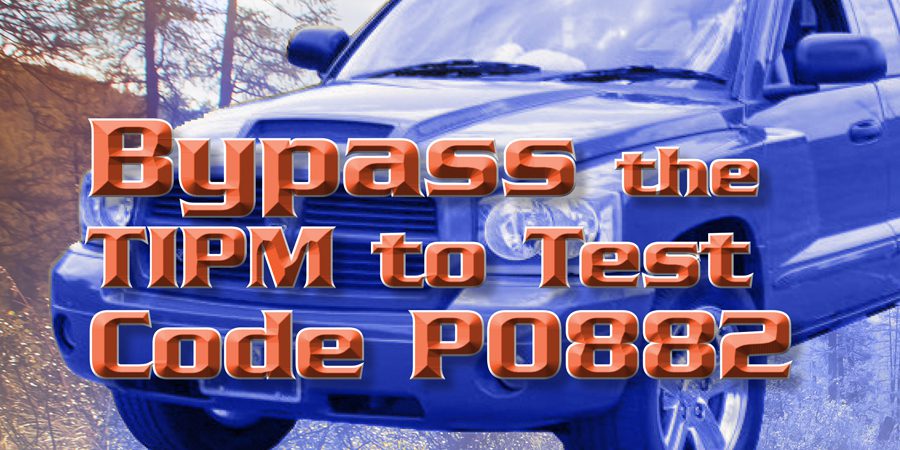After a certain number of years in the industry, you might think you’d have heard everything. That’s usually when you get the call that lets you know, you haven’t. From ignition coils failing causing no-communication codes, to Chrysler governor systems that won’t function properly due to oxygen sensors being shorted out, they just keep on coming. Here’s one you’ve probably never heard of:

Tanner Bennet from All Transmission World called the HotLine the other day about a 2010 Kia Sportage. It came into their shop with range sensor code, P0708, and the selector displayed reverse in all ranges.
The customer had already taken it to another shop. They went over the vehicle and replaced the range sensor with an aftermarket part. No change.
Tanner’s crew installed an OE range sensor; still no good. So they proceeded to diagnose the problem from scratch. Here’s a list of the possible causes according to the factory diagnostic procedure:
- range switch
- ML cable adjustment
- short or open circuit in between the computer and the range sensor
- faulty PCM They started checking wires for damage, shorts, or open circuits.
They checked the connections, making sure none of the connectors had pins damaged, pushed out, or corrosion. They checked the pin fit on the connector terminals. They made sure the cable adjustment was correct. Everything looked good but the code just wouldn’t go away.

At this point, most people might think they were dealing with a computer issue. So they started by checking computer powers and grounds, but everything looked good. At this point, most techs might decide to replace the computer. Sounds logical, but it wouldn’t have done any good. Here’s why:
While working on the vehicle, the technicians noticed the left turn signal wouldn’t click and barely lit up. So they started checking the other operations of the lighting systems. When they turned the daytime running lamps off, the selector lights began displaying the correct positions and the vehicle started working properly.
This led them to a further inspection of the lights. They found one of the taillights wasn’t functioning properly (figure 1). They removed the bulb and found it was loaded with dirt. The bulb itself was good (figures 2, 3, and 4). So they cleaned the debris from the bulb and socket, and as soon as they put it back together, everything started working the way it was supposed to. They cleared the P0708 code and it didn’t return. They returned the car to the customer and the problem hasn’t returned.

As technology advances, so must our diagnostic procedures. The days of just checking what’s on the paper is long gone. Most diagnostic procedures were written by engineers long before the cars had the opportunity to break in real life. They were based on a presumed failure rather than failures that might occur.
With all the systems tied together, through the computers, using reference voltage for various sensors in multiple systems, and many sensors, lights, and other components tied into common grounds, problems are showing up that no one could have anticipated. We must continue looking at the whole car in order to find the cause of today’s problems.

It’s always a good idea, with any problem, to check codes in all systems — engine, ABS, and all other modules. Check your fuses: quite often, multiple systems will work off the same fuse. And check the operation of all components on the vehicle, from the air conditioning to the lights.
Many of these other systems can interfere with transmission operation and set false codes, which often leads to spending a lot of money fixing nothing. The trick is to consider the problem instead of focusing on the diagnostic procedures on paper.















